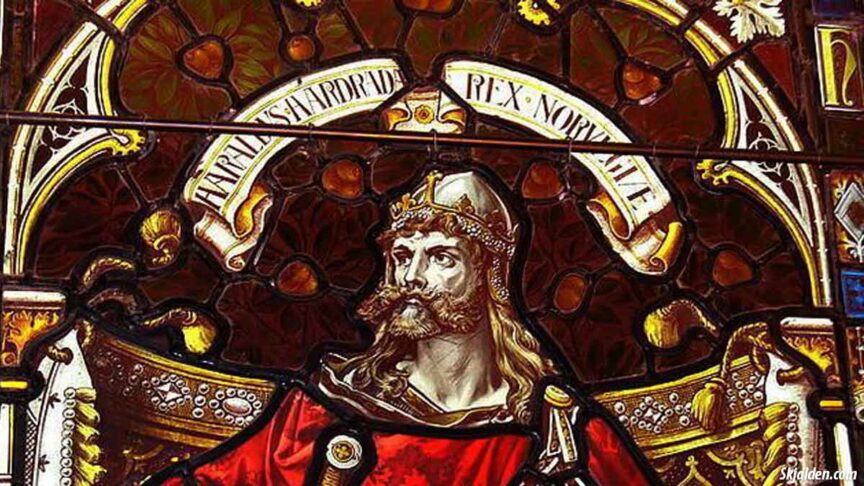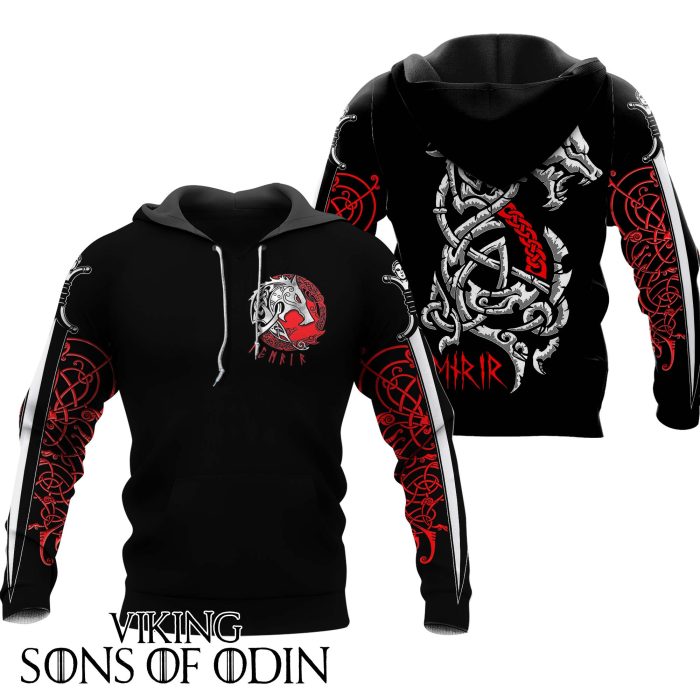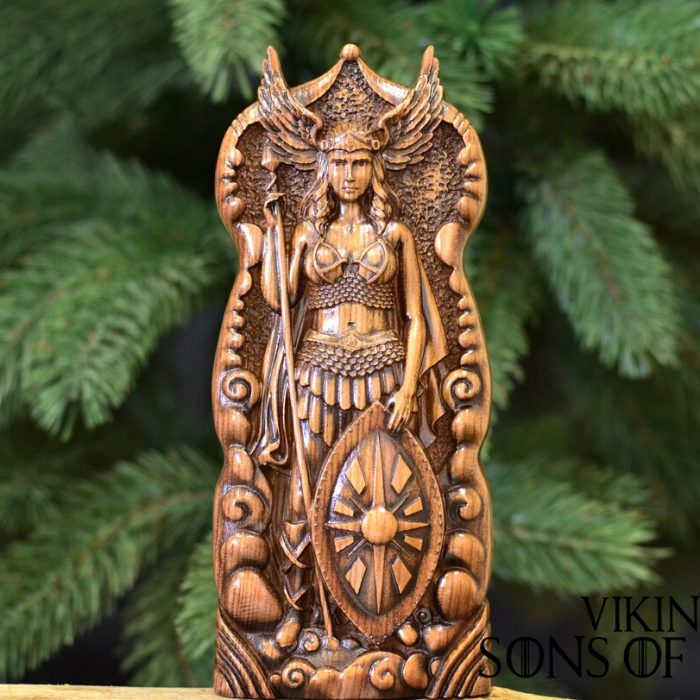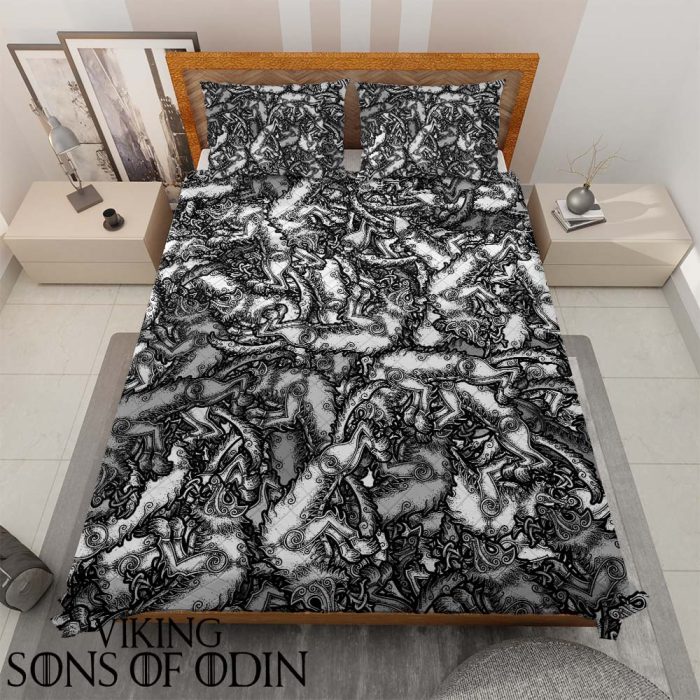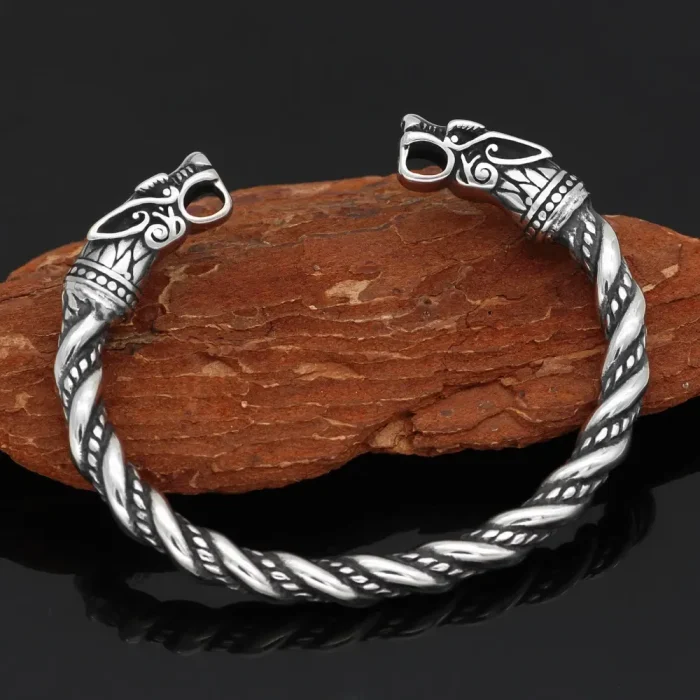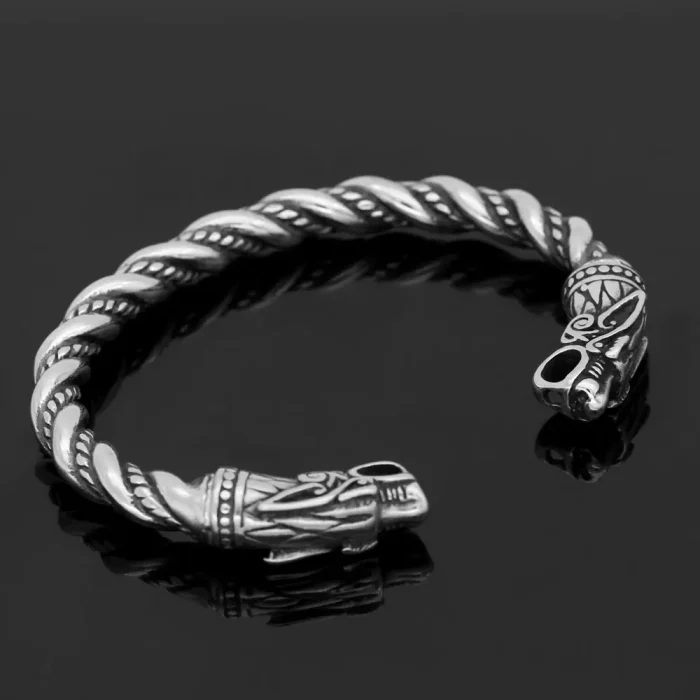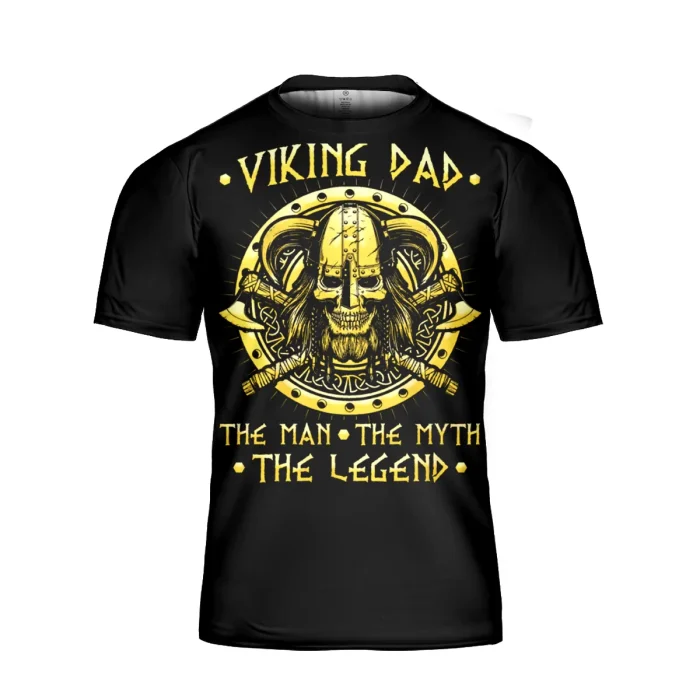Nordic Discovery, Viking
Harald Hardrada, The Last Viking King
In the eleventh century, Norwegian King Harald III Stern, also known as Harald Hardrada, became one of the most brilliant kings of his time. As a young man, he was banished from his homeland, and then spent many years in exile. Gathering a small group of mercenaries, Harald served in Russia and Byzantium. After returning to Norway, he ascended the throne. Then, to varying degrees he fought all the neighboring countries, his last campaign being in England. Harald’s death at Albion marked the end of an era of Viking raids in Europe (for this reason he is often referred to as “the last Viking king”).
CHILDHOOD
Harald III’s father was Sigurd Syr-konung, leader of Ringerike, a small kingdom in eastern Norway. The Viking legend was born around 1015. He had a half-brother, Olaf Ii.
From a young age, Harald Hardrada had a reputation for his fighting skills and courage. This is not surprising, by viking standards.
In 1030 Olaf was killed, deposed by Knud (later nicknamed the Great Knud) at the Battle of Stiklastdire, Harald Hardrada managed to escape and fled to neighboring Sweden.
OUTLAW
Having lost his homeland, Harald in exile abroad began to do what he did best. He gathered his army and served at the Yaroslava Mudrogo dynasty in Kiev Rus. This army also gathered the famous warrior Eyliv Ragnvaldson. The prince of Kiev at the time was at war with Poland, and the Vikings became a great help to him. According to the Scandinavian saga, Harald Hardrada is the second most famous person in the army after Yaroslav.
Harald also served as a mercenary for the Byzantine emperor, Michael IV Paphlagonian in the ranks of the Varangian Guard, commanding five hundred prominent warriors. Between 1036-1040, he was in command of the army of Georgiya Maniaka, which acted in Sicily, where there was a war with the Normans who settled there.
EXIT BYZANTIUM
Harald’s last major campaign in service was the suppression of the Bulgarian revolt in 1041. According to legend, rebel leader Peter II Delyan was killed by Norwegian vikings. The following year, Harald III Hardrada participated in a palace coup and thus had to flee Byzantium.
According to another version, he took refuge either in Kiev or Novgorod. Thanks to his luck, he was able to take away from Greece all the money they made. As the head of the Guards, he accumulated a considerable amount of money. All the precious stones and gold are also brought and kept in Russia.
LIFE IN RUSSIA
In 1043 Yaroslav sent Harald with his son, prince of Novgorod, Vladimir, on a campaign against the Byzantine Empire. This campaign was unsuccessful. The Russian Navy suffered a terrible defeat, losing 6000 soldiers. Harald and Vladimir escape back to Kiev.
That same winter, he married Yaroslava Mudrogo’s daughter, Elizabeth. They have two children (Ingigerd and Mary). In this way, he became a Christian.
AGAIN IN Norway
The money collected from the Byzantine Empire, allowed Harald to gather a powerful army, along with him to return to his homeland. In Norway, one of Harald’s cousins, Magnus Dobry, ruled. In addition, he also ruled Denmark at this time
Taking advantage of this, Harald allied with Magnus’ rival in Denmark, Sven Estridsenom. Magnus realized that he could not deal with such an alliance and offered Harald as co-regent. Harald Stern made a deal.
A year after closing the deal, Magnus died suddenly. Harald Hardrada and Queen Elizabeth of Norway have become the country’s royal couple. The newly joined sole ruler enhances the internal stability of the state. Harald realized the importance of a convenient trading location, and in 1048 founded the city of Oslo, which later became the capital of all of Norway.
Magnus owned Denmark, however, he left his crown to Sven Estridsenu. Harald, dreaming of unifying all of Scandinavia, declared war on his neighbour. Denmark is a useless opponent. They suffered many defeats, and Norway even burned a large trading town Hedeby.
In 1062 Sven was defeated in naval battle and had to flee in shame. But despite all the advantages, Harald did not become king of Denmark because of the opposition of the people. Realizing the futility of his claim, Harald Hardrada signed a peace treaty with Sven
CONCENTRATION OF POWER
Harald fought not only in Denmark but also in Sweden. In 1063, there was an aristocratic uprising in Norway. The King of Sweden supports the Earls rebels. Harald, although unable to win in Denmark, will not give up what is rightfully his. Also in 1063, he broke the alliance between the rebels and the Swedes at the Battle of Vänern.
Suppressing any sign of opposition to his authority, Stern was unafraid to show brutality. All Norwegian aristocrats and wealthy citizens were forced to follow royal policies, including high taxes and constant war, and if they opposed them, they would be expelled from the country or deprived of their lives. Through centralization of power, Harald Hardrada, the Viking king, eventually gained the support of the Christian church.
GO TO ENGLISH
Having achieved stability in Norway, the king could spend the rest of his life in peace. However, the monarch was still drawn by the fervor of his youth, dreaming of new conquests and expanding his power. Therefore, when circumstances allowed him to launch conquest in England, he did not pass up the opportunity.
Harald’s predecessor, Magnus, signed with King Harthacnut an agreement as to the heir to England. The fact of that agreement is not proven by historians. With this argument, however, Harald marched to Albion with a considerable army.
DEATH
The King of England in 1066 was Harold II Godwinson. The first match the two sides met was at Fulford, near York, the Norwegians won a resounding victory. However, this victory was short-lived. Five days later (September 25, 1066) Harald Stern suffered a crushing defeat and was killed on the battlefield after being hit by an enemy arrow in the neck.
The Norwegian army broke up, out of 300 ships to England, only 25 returned. The king’s body was brought back home. He was buried in Trondheim.
A few weeks later, Harold II was deposed by the new conqueror to the English throne – the Duke of Norman, William the Conqueror.
Translation and editing : Viking Sons Of Odin

